In this Photoshop Lesson, I’ll discuss about ‘5 Type of Masks in Photoshop‘.
My name is Lalit Adhikari and we are at LTY. Let’s begin!
Table of Contents
Types of Mask
There are Five types of Masks in Photoshop: Layer Mask, Clip Mask, Vector Mask, Quick Mask and Channel Mask.
Why should we use Masks in Photoshop
As creating an artwork or a design is a fluid process which involves constantly modifiying our layers. Eventually as complexity builds in, so does the need for preserving pixel data in a flexible way.
Masks in Photoshop are a part of Non-Destructive editing techniques which helps us to produce photoshop documents with a larger flexibility for editing several times as per our creativity.
Related Topics:
- Photoshop Gold Text Effect
- How to enlarge an image in Photoshop
- Fade Command in Edit menu in Photoshop
Layer Mask
Layer Mask in Photoshop is a reversible way to show or hide part(s) of a layer or group. It is far more better than permanently erasing or deleting part(s) of a layer or group.
Layer Mask is useful for creating image composites like Image Manipulation or Matte Painting; cut-out objects to use in another document and especially when we have to limit a certain adjustment or effect to a part(s) of a layer or group.
It works on Grayscale mode which means we can add black, white or gray color to a layer mask. One way to do that is by painting with Brush tool on the layer mask with required color selected in Foreground color.
Remember, Layer Mask is Resolution dependent mask. It will get blur or lose it’s sharpness if scaled upwards.
How to create Layer Mask
Open the image in Photoshop.
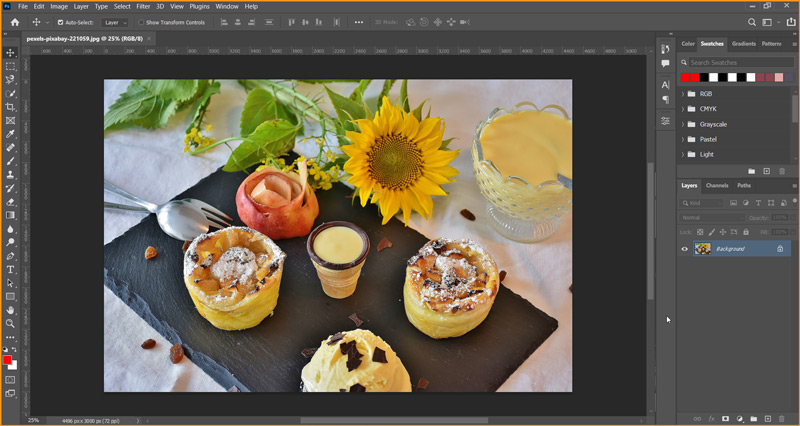
In the layer panel with layer selected, Click on Add Layer Mask button at the bottom.
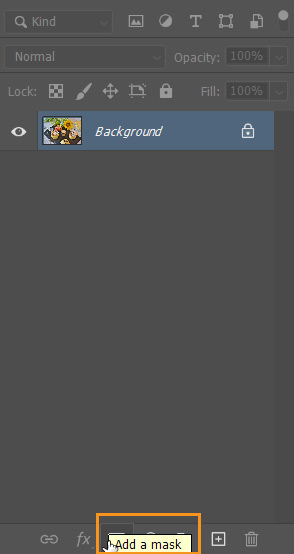
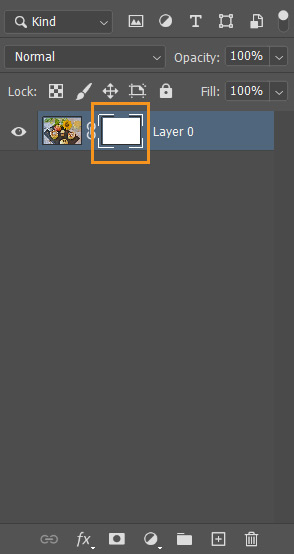
Related Topics:
How Layer Mask works
Pick Brush tool from Toolbar and with Layer Mask Thumbnail selected. Paint on the canvas at the left side with Black as Foreground color and White as Background color.
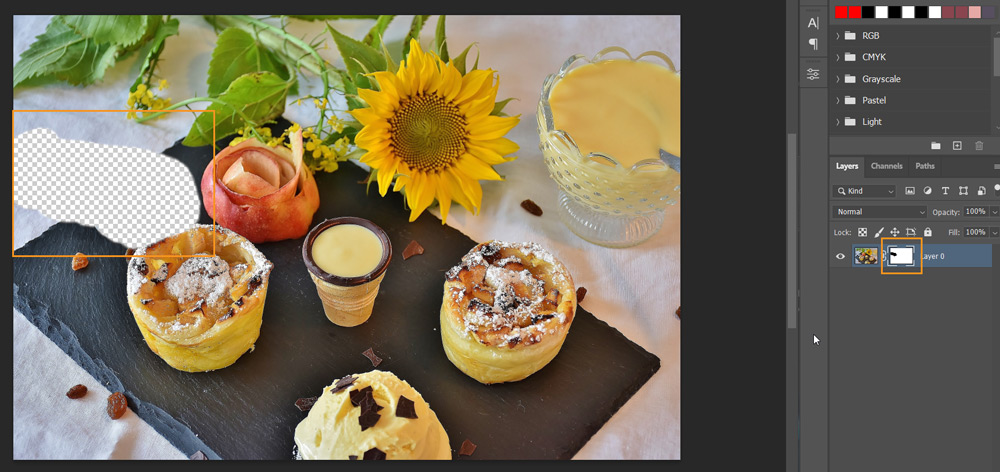
As you can notice in the image above that the area where we painted with Black color on the mask is now hidden or appears to be erased.
If we want to look at the mask in the view port or on the place of canvas then we can simply click on the Layer Mask while pressing ALT key. It’s a toggle way, so do it again to see the image back.
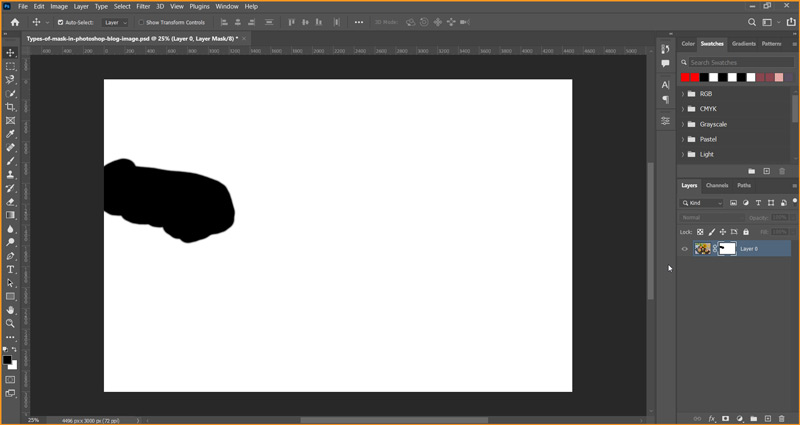
If we will paint with White color on the Layer Mask’s black area, we will get the image back.
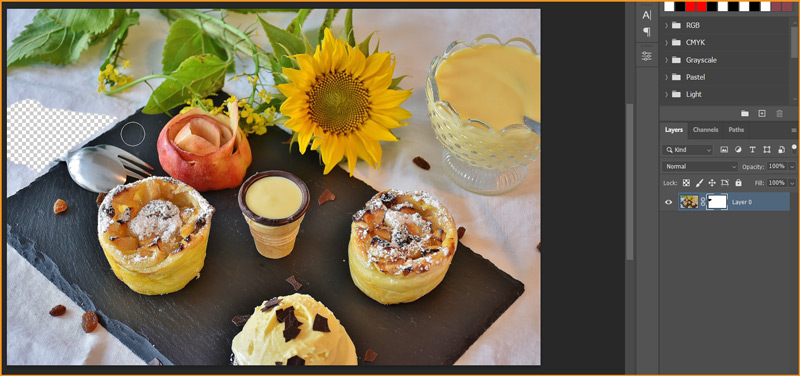
Related Topics:
Clip Mask
Clip Mask is applied to a group of layers where the bottom-most layer defines the visible boundaries for the entire group. It can be applied by holding down ALT key and positioning our pointer over the line dividing two layers in the Layers panel and then click.
For example: We will place a flower shape under the image used above. Then apply clip mask.
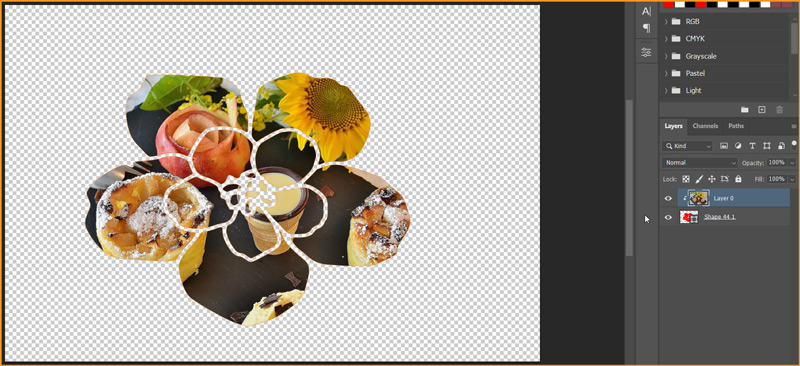
As we can notice, the base layer (in this case the flower shape) has it’s name underlined and other layer gets intended towards right. Let’s create an adjustment layer and clip it too.
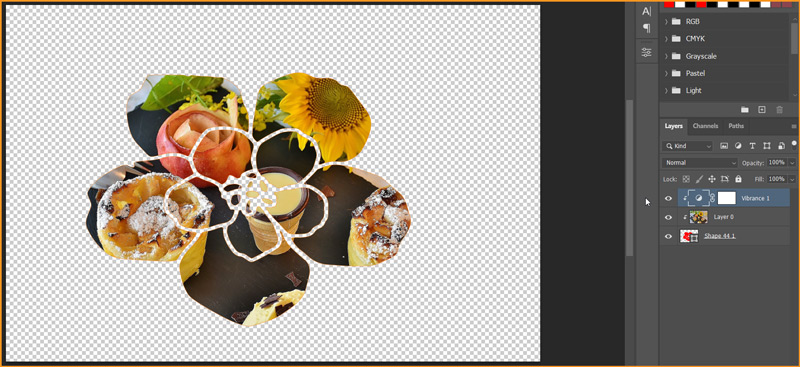
In this similar way, we can clip as many layer as possible to the base layer.
Related Topics:
Vector Mask
Vector mask is a Resolution independent mask that clips out the contents of the layer. Vector masks are usually more accurate than those created with pixel-based tools (Layer Mask). We can create vector masks with the pen or shapes tools.
Vector Mask are best for hard surfaces.
Let’s create a Circular path on our image.
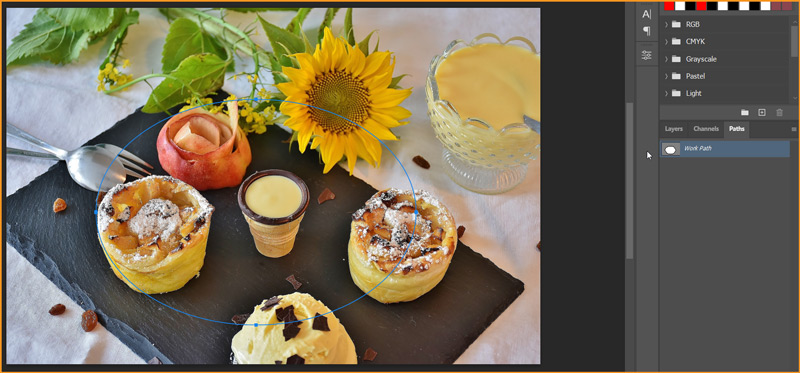
To apply Vector Mask, we need to hold CTRL key and then click on the Add Layer Mask button at the bottom of the Layer Panel.
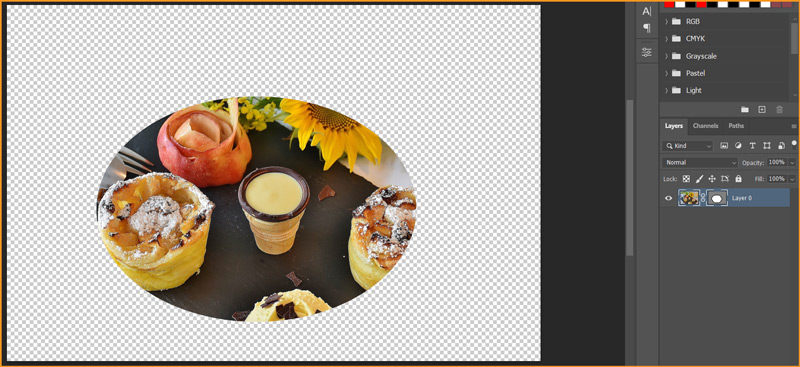
Related Topics:
Quick Mask
Quick Mask mode is used to create and edit selections quickly, start with a selection and then add to or subtract from it to make the mask.
We can also create the mask entirely in Quick Mask mode by changing options.
In quick mask mode, overlay color differentiates the protected and unprotected areas. When you leave Quick Mask mode, the unprotected areas become a selection.
To enter Quick Mask Mode, hit Q key once and pick brush tool and start painting.
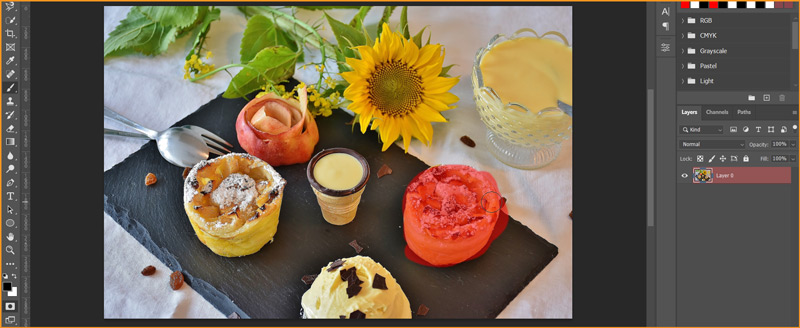
Now press Q again to close Quick Mask Mode.
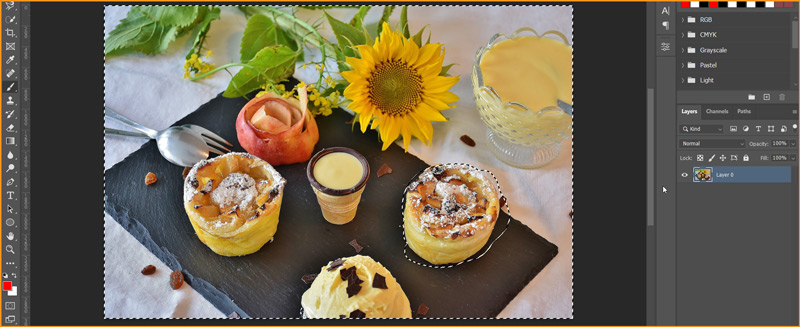
In default state, painted area is the protected area and all other unprotected area is selected. Now, we can apply Layer Mask if we need.
Related Topics:
Channel Mask
Channel masking is one the most complex selection method for complex images. It is out of scope for this blog post to demonstrate. I will create a separate blog for all of these masks where I will explain them in detail. Channel Masking will be covered in one of those blogs.
Channel masking is most commonly used to cut out hair strands or fur surfaces in Photoshop. For better understanding, please read Channels in Photoshop.
Related Topics:
- Define Custom Shape in Photoshop
- Purge in Photoshop
- Adobe PDF Presets in Photoshop
- Presets in Photoshop
- Remote Connections in Photoshop
- Assign Profile in Photoshop
- Convert to Profile in Photoshop
- Keyboard Shortcuts in Photoshop
- Menus in Photoshop
- Toolbar in Photoshop








